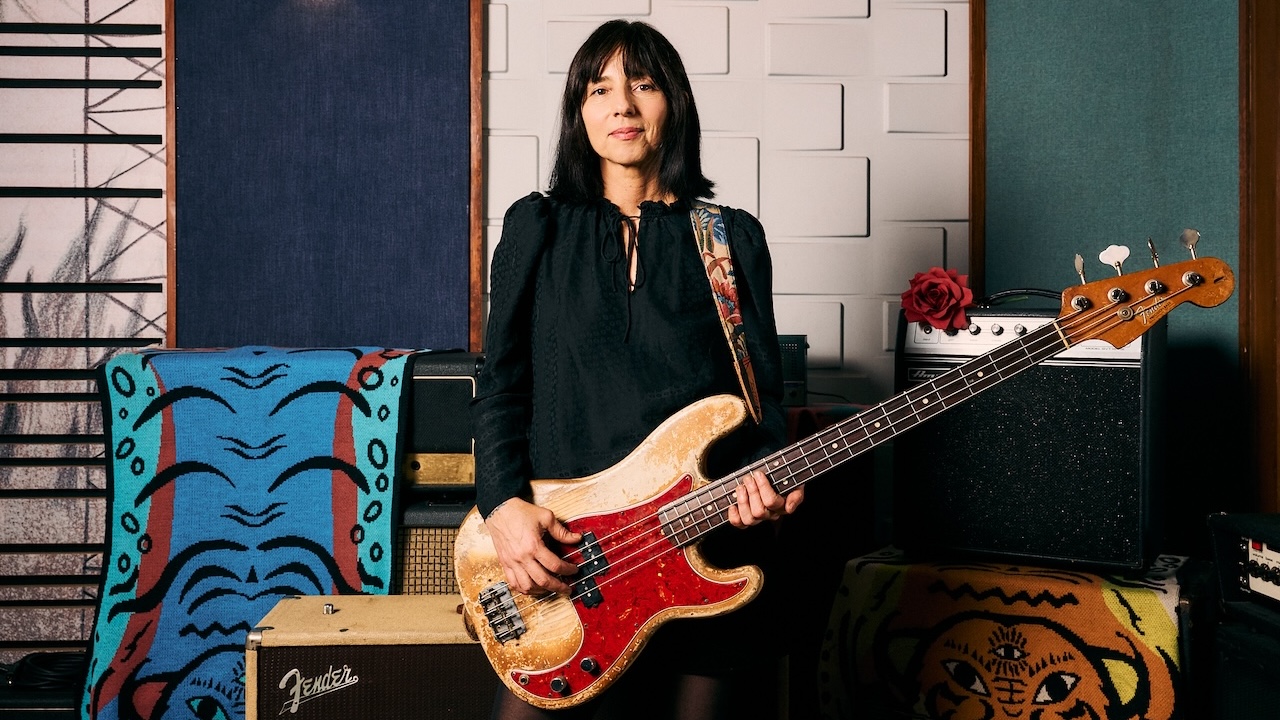The history of Jackson Guitars
As Jackson celebrates its 40th anniversary, we chart its history from custom repair shop to number one supplier of rock and metal guitars

The evolution of Jackson Guitars goes hand in hand with that of rock and metal itself. There has always been a symbiotic relationship between the design of the electric guitar and the scene it serves, but come the end of the 70s, that was to become ever more pronounced.
Guitar playing was on the cusp of radical change. After a febrile period during which the big beasts of rock barrelled into long-form progressivism, their ever more ambitious compositions expanding upon rock’s template, guitar culture was intensifying.
Rock was intensifying. Metal was becoming a culture. Stratocasters were still cool, but players were now learning that they, indeed, had limitations.
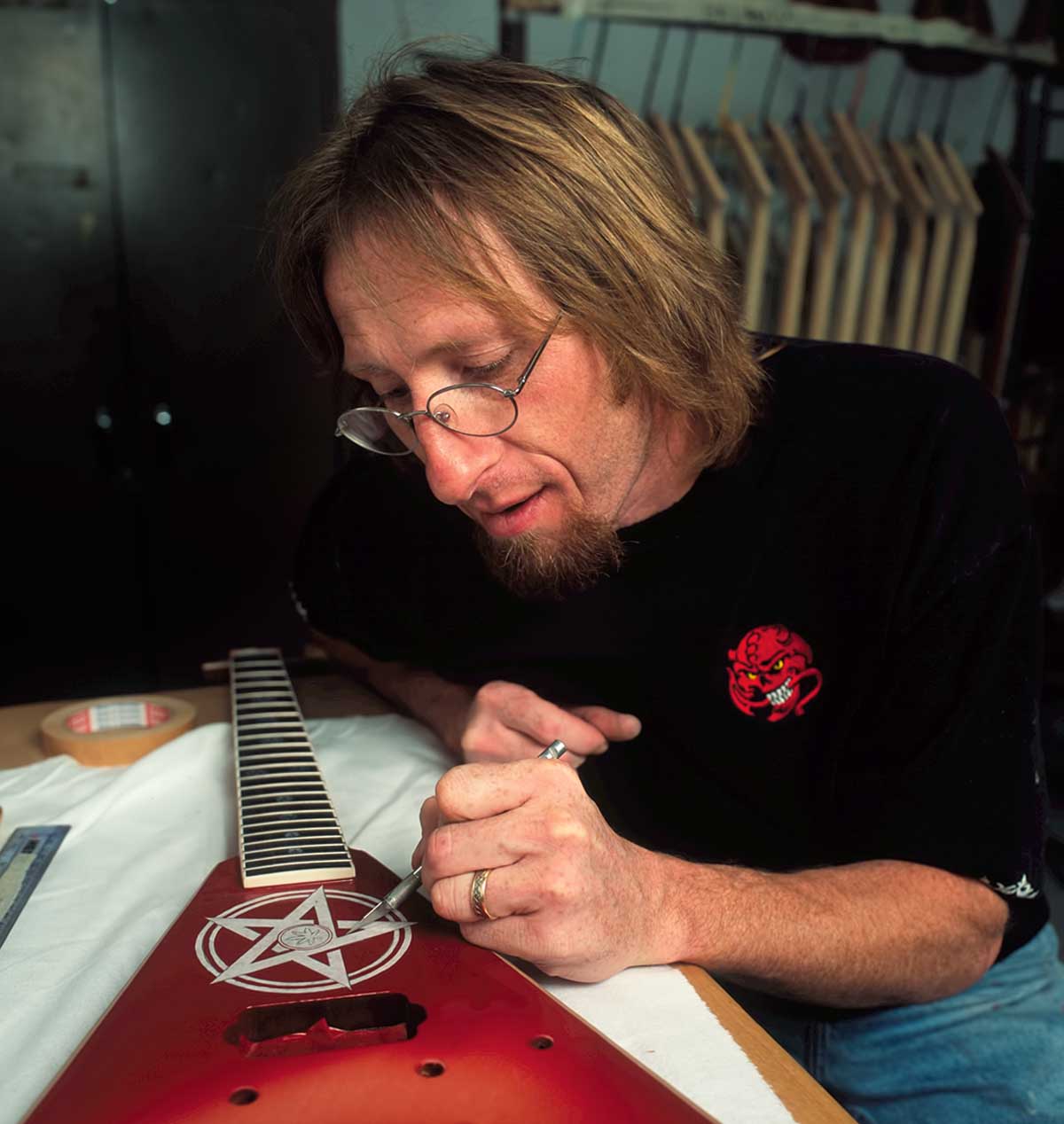
The players of the 60s and 70s used workarounds to get the sounds that they wanted. Treble boosters and fuzz pedals were essential ingredients in getting the gain needed for a harder brand of rock; the next generation were no different, only their demands were about to met by he new generation of high-performance electric guitars with thinner necks, compound radius fingerboards, super-hot pickups and floating vibratos from Kahler and Floyd Rose.
Of course, it was only logical that the guitars had to change. Where better place than a mod-shop to make that change happen?
Picture the scene: a small guitar repair shop on the border of Glendora and San Dimas, California. Hitherto it had been located in Azusa, repairing and putting custom appointments on guitars, Fenders mainly. You needed a neck shim for your ’62 Strat? You needed a single-coil cavity rerouted for a humbucker? You took it to Charvel’s Guitar Repair, run by Wayne Charvel.
Pretty soon Charvel was making his own parts for Fender and Gibson guitars, but he wasn’t the only one in the game as the aftermarket for parts heated up.
All the latest guitar news, interviews, lessons, reviews, deals and more, direct to your inbox!
The likes of Eddie Van Halen would visit the shop. His DiMarzios were squealing – could Charvel fix it? Sure, and in a trick learned from Bob Luly, the man who made the Rolling Stones their first sound system, Wayne Charvel potted Van Halen’s pickups in wax.
These mods were groundbreaking but typical of an era in which there was no shortage of expertise and imagination. Grover Jackson had plenty of both. Jackson had joined the Charvel shop in 1978 – the same year that Charvel made Van Halen his famous Bumblebee electric – and by the year’s end he had taken over the business and the Charvel brand.
If the first generation of Charvel instruments were the archetypal Superstrats, their DNA recognisably Fender, the first Jackson model torched the rulebook. Ozzy Osbourne’s new guitarist, Randy Rhoads, was a rising star and looking for a second V to complement a polka-dot model that Karl Sandoval (another Charvel alumnus) had built him.
Rhoads had even sketched out an outline and given the guitar a name, the Concorde. The first version was on the heavy side; take two hit the bullseye. The Concorde’s asymmetrical V-shape was revolutionary, and this weaponised descendent of Gibson’s Flying V was the first to take the Jackson name on the headstock, launching the brand.
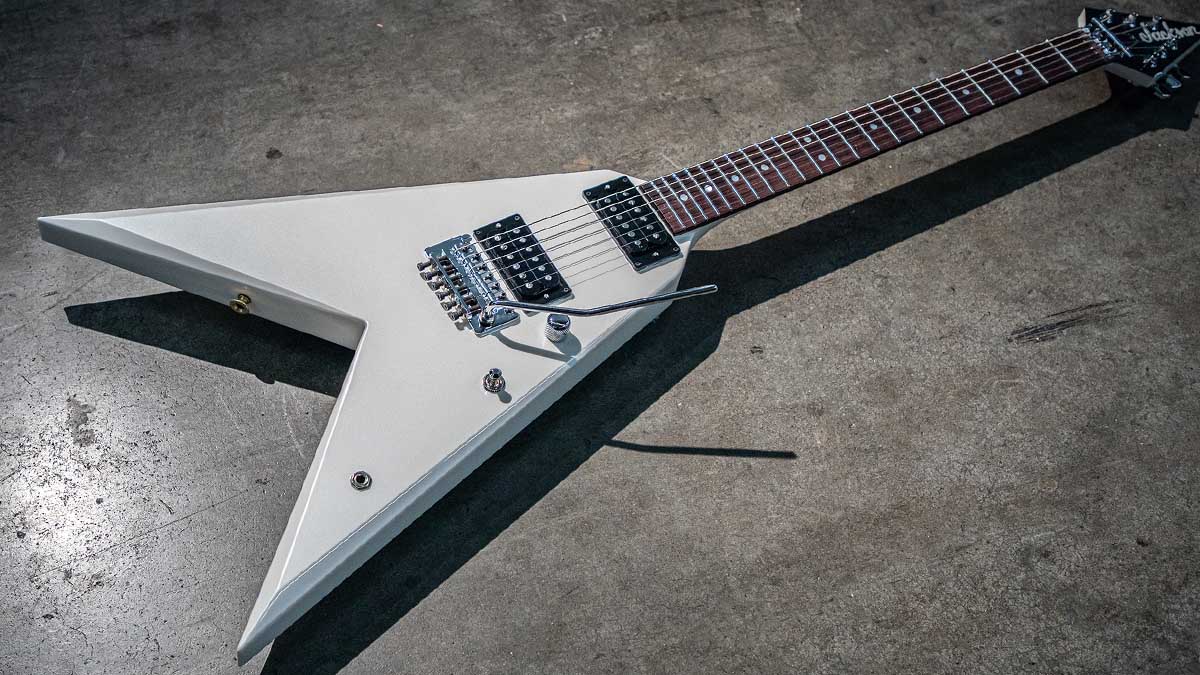
The First Wave
Was Concorde the first Jackson guitar, though? Yes and no. Officially – i.e., by serial number – that honour goes to a more symmetric V with a conventional arrow-head headstock, the J0001.
Like the Rhoads, this design had been seen on custom-built prototypes J0001 was built in 1983, listed as a Pointy V and reportedly built for KK Downing of Judas Priest. Featuring an un-recessed double-locking Floyd Rose vibrato, a dual-humbucker format with a single volume control and three-way pickup selector, it was being developed around the same time as Rhoads’ Concorde, and similarly features a neck-through construction.
The V shape catches the eye, but it’s the neck-through fundamentals of the Rhoads and J0001 that is of most interest, drawing a clear line between the bolt-on build of Charvel and the novel Jackson approach.
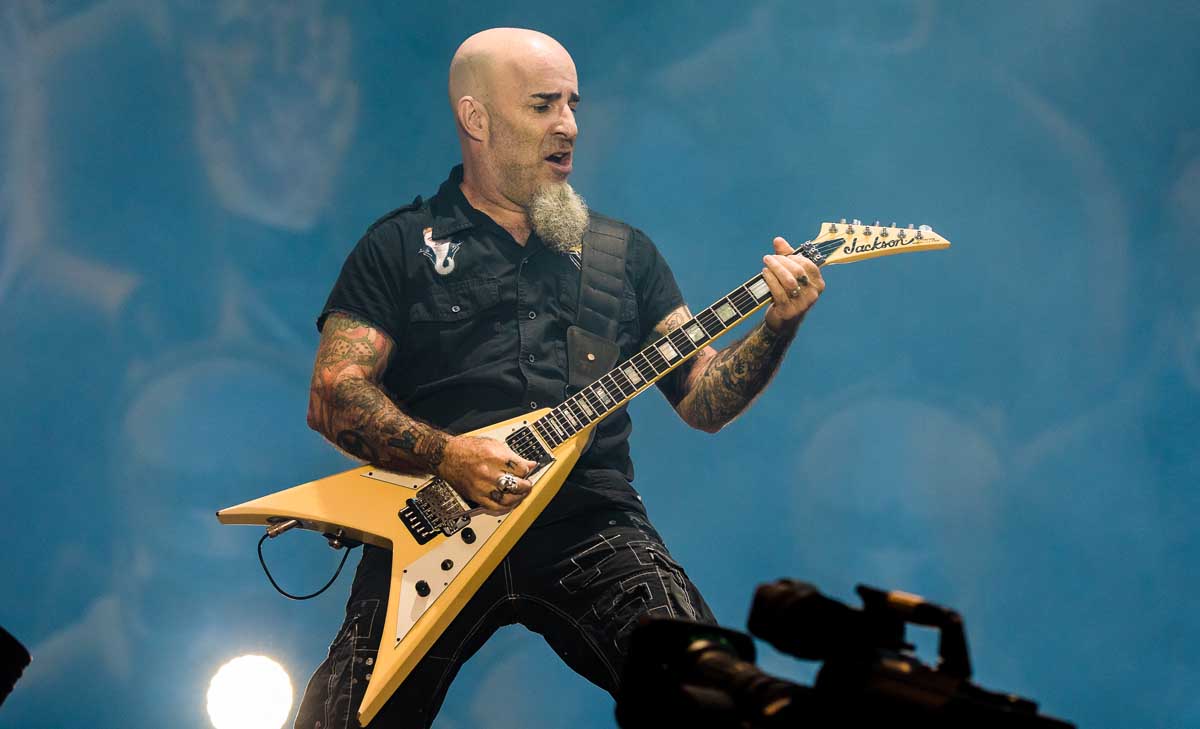
KK Downing never played the J0001, but it resurfaced in a Japanese guitar magazine circa-’85, brandished by Jay Reynolds of Malice, which is uncanny considering his band’s schtick was a little too close to Judas Priest’s for comfort.
It was one of a dozen custom models unveiled at NAMM 2020 to celebrate Jackson’s 40th anniversary, and was built by Jackson Custom Shop master builder Mike Shannon.
Subsequent Rhoads prototypes followed, with the finished guitar boasting a V cutaway that was more pronounced than the Concorde. The Rhoads model – a body shape that remains in the catalogue to this day and is exceptionally well-balanced – was something to build on.
Not all designs were as out-there as the Rhoads. More often than not, they were inspired by artist feedback. Def Leppard’s Phil Collen was one of Jackson’s first endorsers. His PC1 Dinky took the compact double-cutaway format and Strat-style headstock from the Charvel line and appropriated it with the Jackson logo.
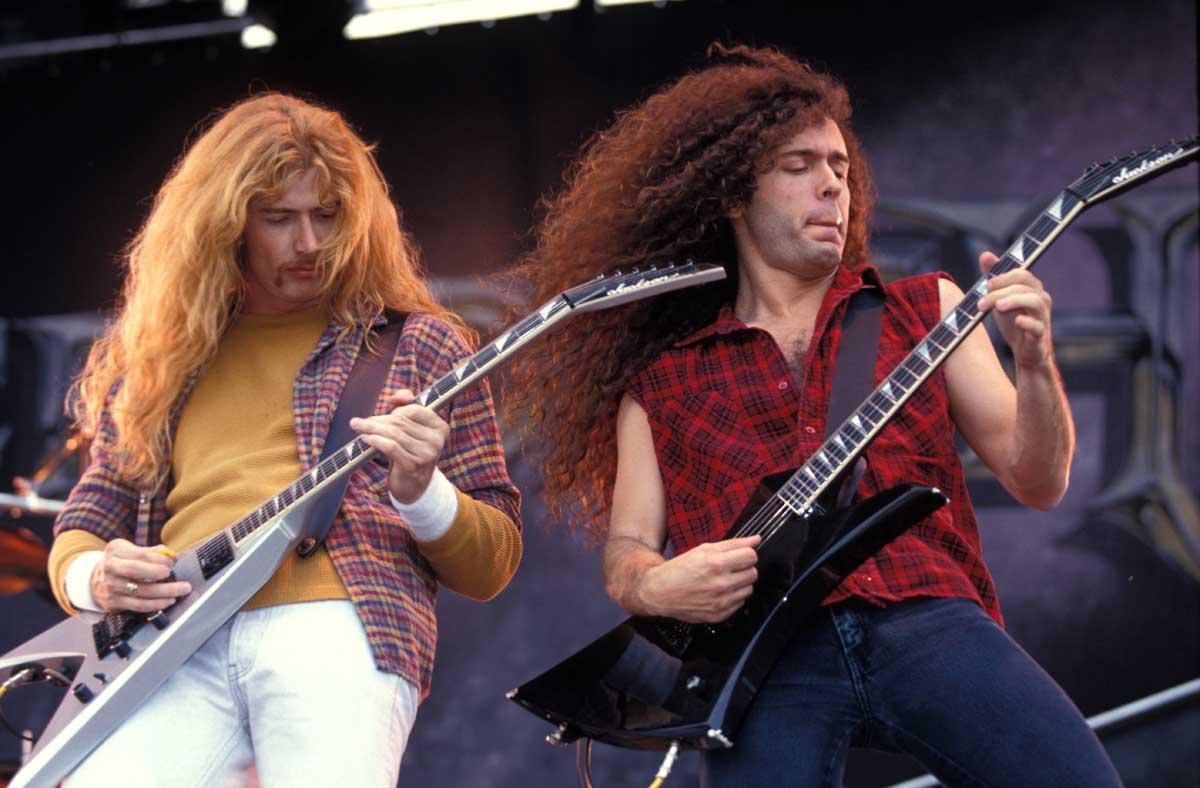
Again, the cross-pollination of ideas and spec between Jackson and Charvel lines made innovation second nature. Through the early 80s, the new designs kept coming. Arguably, the most significant, the Soloist, did not look all that different from the Charvel Superstrats, but its pointed headstock gave it a more aggressive vibe, and the build – a maple through-neck centre block with poplar wings – gave it an all-new tone.
“It just had a slightly richer sound,” said Phil Collen, speaking to Guitarist magazine in 2014. “It was the first kind of hybrid, if you like, of a Strat and a Les Paul. And that really was the sound and the feel that I was actually always looking for.”
With the popularity of thrash metal, the shapes got sharper. In 1983, Jackson launched the Kelly, a sharp-pointed offset that once upon an event horizon could have been an Explorer, but like the Rhoads before it, this was a totally different strain of modernism than that which was guiding Ted McCarty’s hand in the Gibson workshop of the 50s. Megadeth’s Marty Friedman was the Kelly’s most-famous player.
The mid-80s saw the arrival of the King V, a symmetrical, long-winged V favoured by the likes of Megadeth’s Dave Mustaine, Anthrax’s Scott Ian and, later, Trivium’s Corey Beaulieu. As thrash accelerated into death metal, Jackson’s R&D kept pace, debuting the Warrior in 1989, a specialist’s instrument – metal or GTFO – and another neck-through.
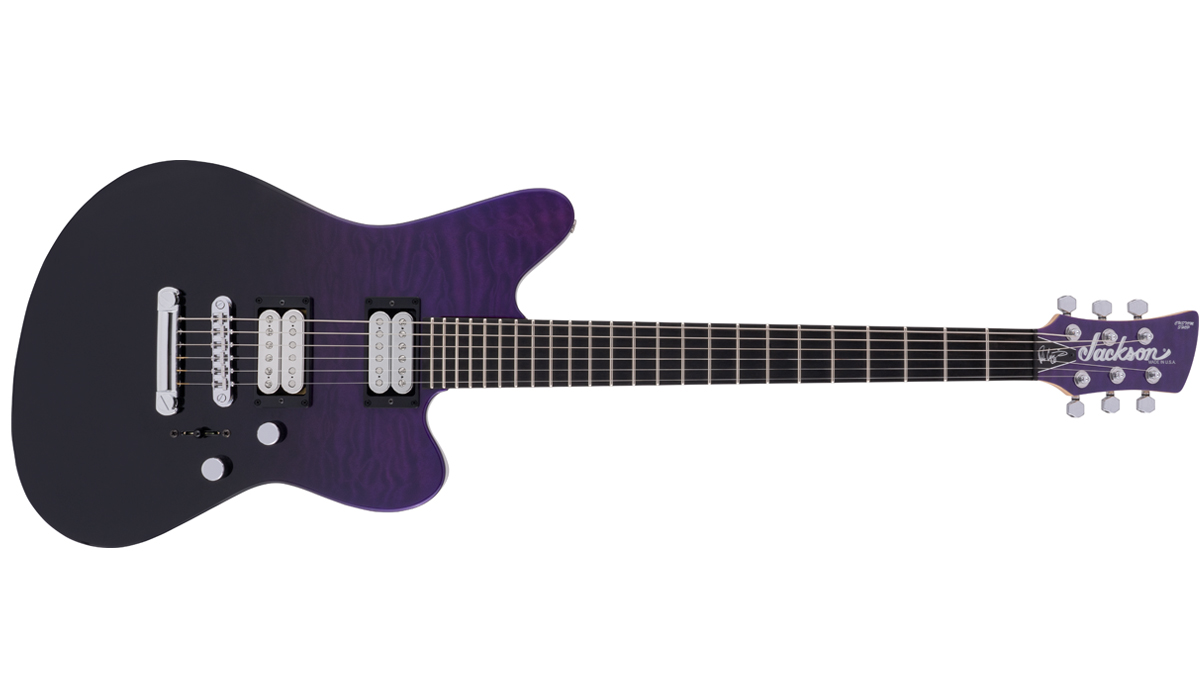
Jackson Guitars: Hot-rodded electrics for the people
Jackson’s artist collaborations were invaluable when spec’ing out the future for high-performance electric guitars. But they also helped sell the brand. To root around on the digital archives of Jackson catalogues, it is striking to see the brand’s evolution from niche custom shop concern to production line behemoth.
Designs came and went. Who remembers the mahogany-bodied Fusion Series of ’94? Those took a bolt-on build, a double-cutaway Dinky-esque body and shrunk the scale to a Gibson-esque 24.75”. Or the JTX STD and its shred T-style look?
The 90s had some strange designs for Jackson, such as the JJ doublecut, a blocky, traditional signature instrument for Scott Ian, and the Outcaster, which evolved out of the Surfcaster and had a lipstick single-coil in the neck position. Volbeat’s Rob Caggiano later appropriated the body shape for his Shadowcaster signature model.
Metal was having a difficult time in the mid-90s with the rise of grunge and alternative rock – that went some way to explaining Jackson’s design choices of the time. Charvel/Jackson was acquired by Fender in 2002, but it has lost little of its original ethos in the years that followed.
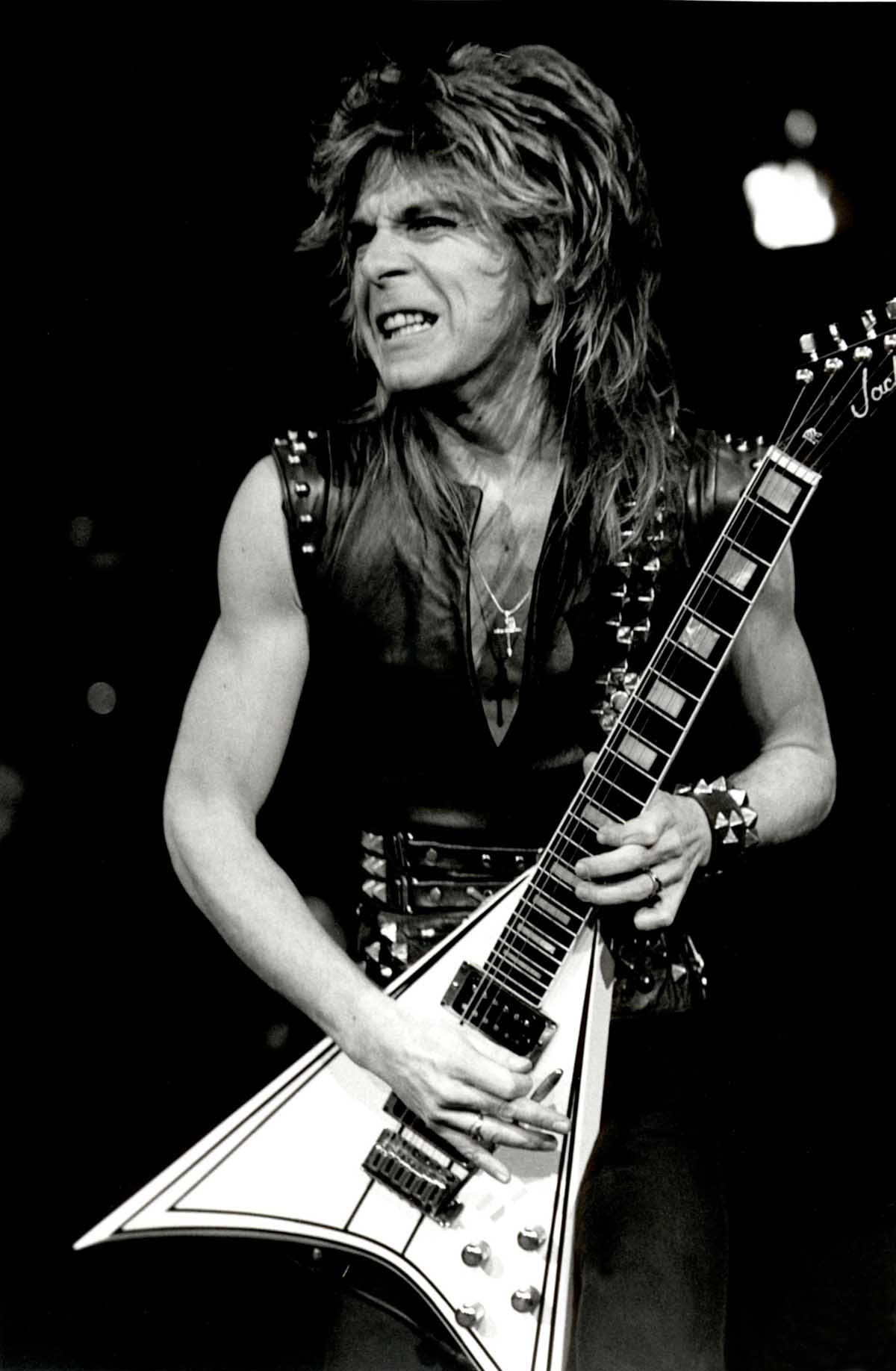
Looking at its 2020 lineup, you’ll see many of the same design principles that were developed in the early 80s. Today’s artists are similarly important. Periphery’s Misha Mansoor is in some respects like a djent Phil Collen, revising the double-cutaway S-style for a contemporary style, with sharper horns and Bare Knuckle pickups.
Indeed, one of 2020’s most out-there body shapes, the Star, dates back to 1979, when the name Charvel was still above the door. It’s now Gus G’s latest signature model. That it looks retro despite its complex geometry is a sign of Jackson’s success in changing how we look at the electric guitar, what we expect from it, and how it might look and play.
Some things have changed. The Custom Shop order forms have moved from the back of the catalogue to the Jackson website. But you can still get a double-necked Soloist with a Mick Thomson-approved carbon fibre finish, just so long as your budget will stretch to it.
Jonathan Horsley has been writing about guitars since 2005, playing them since 1990, and regularly contributes to publications including Guitar World, MusicRadar and Total Guitar. He uses Jazz III nylon picks, 10s during the week, 9s at the weekend, and shamefully still struggles with rhythm figure one of Van Halen’s Panama.




